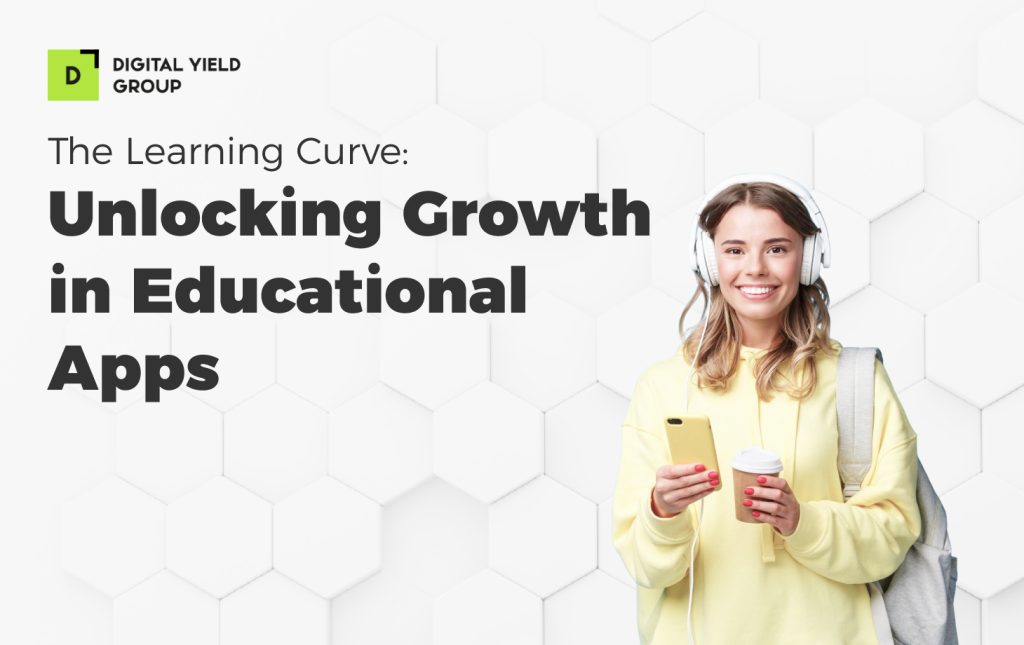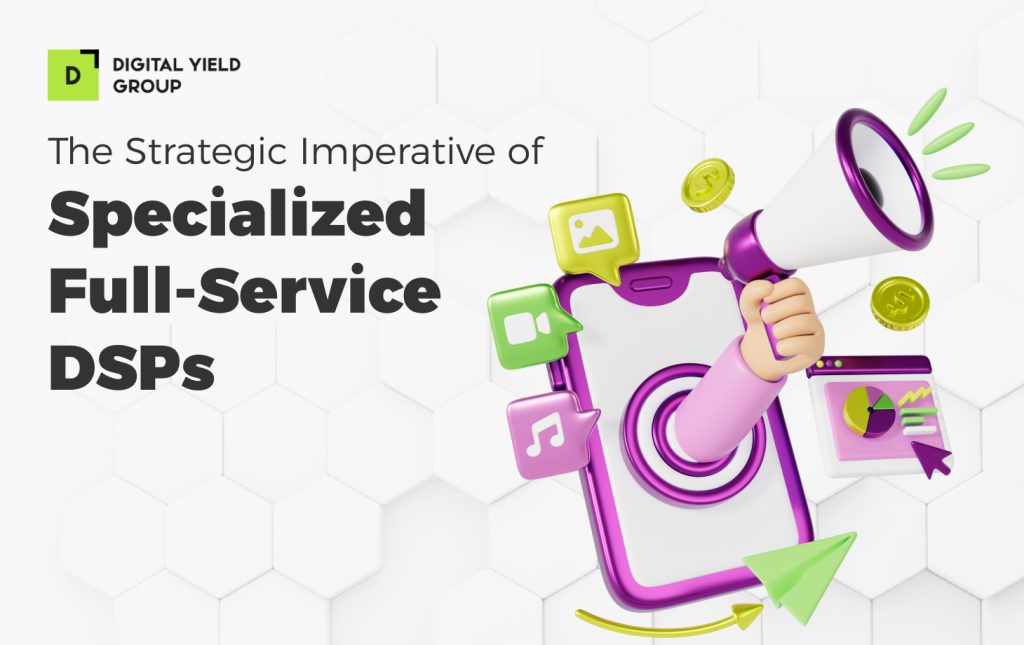The Learning Curve: Unlocking Growth in Educational Apps

Learning is having a moment, and it’s happening on your phone. While gaming and social apps dominate the spotlight, educational apps are building something bigger in the background. What started as a niche has quietly become one of the fastest-growing corners of the mobile economy. From language learning to professional upskilling, people are turning to their phones not just for fun, but for growth. For mobile marketers, this is a moment worth noticing. The next digital leap is already unfolding, powered by curiosity, ambition, and a hunger to learn. Miss it, and you might miss where the real momentum is heading.
I. The EdTech Gold Rush
Once considered a niche, the educational app market has quietly become one of the most dynamic sectors in the app economy. Fueled by the rise of lifelong learning and the global shift toward digital-first education, its growth has been anything but quiet. The COVID-19 pandemic accelerated adoption and reshaped how people of all ages engage with learning. Today, education apps are a regular part of daily life for students, teachers, and professionals alike, embedded in how we study, teach, and grow.
The educational app market is undergoing explosive expansion. Mobile learning specifically highlights hyper-growth, surpassing USD 184 billion in 2024 with an astonishing CAGR of 8.1%. This phenomenal growth is underpinned by increasing demand for personalized learning solutions and the integration of modern pedagogical techniques, particularly leveraging AI and data analytics. AI is repeatedly cited as a key driver across various educational app subgenres and generally for EdTech, enhancing user engagement, personalization, and educational outcomes.
Within this vast ecosystem, certain subgenres are experiencing hyper-growth. Language Learning Apps are booming, projected to reach over USD 24 billion by 2033 with CAGRs around 16%. Learning Management System Apps are essential for managing courses and student interactions, driven by digital learning adoption and AI/ML integration. Educational Games are also seeing significant revenue growth, though the children’s segment requires careful navigation of parental concerns about screen time and data privacy. Test Preparation Apps continue to grow due to academic competition and e-learning trends. Professional Development Apps, crucial for workforce upskilling, represent a significant, often higher-value segment.
II. Mastering User Acquisition in EdTech
With millions of apps competing for attention, educational apps need more than good content to thrive. Many of the most successful players borrow from mobile gaming, using gamification, progression loops, and bite-sized challenges to keep users engaged and motivated.
User acquisition has to match that level of creativity. In 2023, average CPI stood at $4.50 for iOS and $3.20 for Android, with North America reaching $5.28. These numbers are expected to rise slightly by 2025. At the same time, conversion rates remain a hurdle: only 16% of iOS users who view an app page download it. On Google Play the number jumps to 30%, but it still underscores how vital it is to run tightly targeted, well-optimized campaigns.
Then there’s retention. By day 30, most users are long gone. According to AppsFlyer, just 2% of users remain active one month after installing an education app. Adjust reports a 96% churn rate. Even with great UA, a leaky retention bucket can wipe out returns. To succeed, mobile marketers must shift focus from just acquiring users to understanding and keeping them. That means investing early in analytics, onboarding, and personalization. Tools like adaptive content, progress reminders, and community-based features create stickiness and foster routine use. Without those, the most expensive install means little. For many developers, this is where full-service mobile DSPs and ad networks step in, offering performance-based services that align incentives, reduce upfront risk, and help apps find and keep the right users with data-driven precision.
III. Monetizing Minds: Evolving Revenue Strategies for Educational Apps
The era of simple “pay-to-download” for educational apps is largely a relic of the past. In-app purchases and subscription models now form the backbone of revenue. IAPs often include skill-boosting items, bonus content, or tools that enhance learning experiences—especially in gamified environments where competition and progression fuel engagement. Offering a range of consumables with clear benefits tends to keep users engaged longer. Pricing sweet spots often fall around $2.99. AI is also making its mark here, helping apps personalize offers and predict behavior to drive revenue more efficiently.
Subscriptions have gained serious traction. The average monthly rate is $8.13, with annual plans averaging $56.09. Annual subscriptions are now the most common, and while just over half of users renew after the first term, that figure jumps to more than 70% by the second renewal, highlighting the long-term value of retaining early subscribers.
Other emerging and established monetization models relevant to educational apps include:
- Pay-per-use: Users only pay for specific lessons, modules, or features as they need them, offering low entry costs and scalability, though revenue can be unpredictable.
- Lifetime access: A one-time, larger payment provides an early cash boost and fosters loyalty among “early bird” users who commit to the app’s long-term value.
- Sponsorships: Partnering with brands relevant to education (e.g., textbook publishers, school supply companies, or tech firms) to feature content or products can be ideal for apps with large, engaged user bases, adding value without being intrusive.
IV. The Horizon of Learning: Seizing the Opportunity
The educational app market is a burgeoning powerhouse within the app economy, evolving and offering unparalleled opportunities for mobile marketers. This market is driven by a permanent shift towards digital learning, fueled by AI-powered personalization and the increasing demand for lifelong upskilling. By helping developers move beyond install metrics and focus on post-install engagement and lifetime value, DYG connects the dots between MMPs, DSPs, ad exchanges, and SSPs, while also navigating the creative demands of an AI-driven world.
For mobile marketers, the message is clear: the educational app market is not just growing; it’s accelerating. The opportunity is immense, and the learning curve is steep, but the rewards for those who master it are truly transformative.


